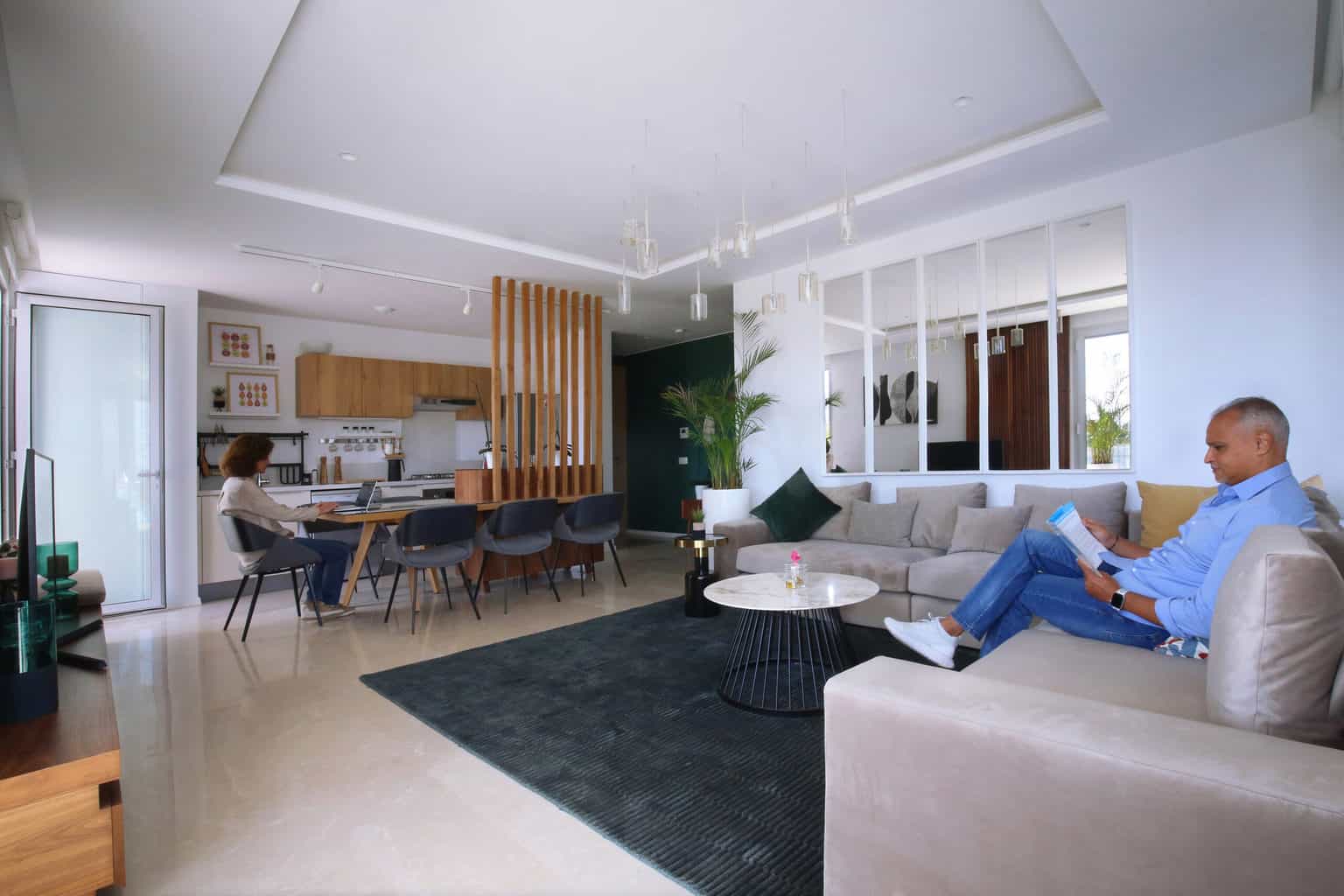
In 2022, do you really need to move house to live differently?
2 minutes of reading
This is all the more relevant after a pandemic, several lockdowns and ongoing remote working: lifestyles are changing. This context is one reason, but there are others! The desires and expectations of the French whether they’re home owners or tenants, are changing, driven by ecological concerns as well as a quest for meaning, well-being and a balance between work and home life. Changes to the household structure also bring their share of “new needs”, as does the significant ageing of the population. It is now housing and cities that need to be adapted or even reinvented, and residents who want to take the plunge into change!
In addition, is moving house really the only alternative when you want to benefit from a home adapted to the current needs of each individual?

The transformation of cities and housing is nothing new. For some years now, many cities have been greening up, increasing the number of outdoor spaces or (increasingly green) mobility solutions, in order to attract new inhabitants – or retain their existing ones. The same is true of housing, which is being adapted to a new reality: Homes are changing, and their occupants’ expectations vary depending on their age. The blended family, for its part, needs flexible housing to accommodate some of its members at weekends and during school holidays. When it’s time to retire, housing must be able to respond to new uses such as hosting friends for a week or transforming a room into a painting studio. Finally, to enable residents to age well in their own homes (one of the key issues in the coming years due to the ageing population), housing must become more reassuring, but also favour social connections in order to combat isolation and loneliness.
The metamorphosis of housing designed to last
In order to meet the different expectations of today’s households and those of the future, housing must henceforth be adaptable and customisable! Faced with new lifestyles, the challenge of a home is no longer simply to meet the needs of the same family throughout its existence. It has to be able to adapt to all the people and situations it may encounter during its life cycle. And this life cycle must be extended to reduce its environmental impact as much as possible. Fortunately, in 2022, reversibility, modularity and functionality are more than ever synonymous with quality and possibility! This will enable us to find the right balance between all the inhabitants’ expectations (comfort of use, safety, home care, social and intergenerational connection) and the energy challenges of the 21st century.
Climate change is a daily concern for more and more French people, and could even represent a reason to move for nearly four out of ten people, according to the third edition of the “Observatoire des Usages et Représentation des Territoires” (Observatory of the Uses and Representation of Regions) by ObSoCo and Chronos.
Homes that change in line with the lives of their occupants already exist!
Aware of the new expectations of residents, but above all of changing lifestyles, in 2018 Bouygues Construction launched its housing offer called Wizom for Life. How does it work? By providing a more flexible and adaptable home that supports all the stages of its occupants’ lives – whoever they may be. Housing that can be transformed! In practice, Wizom for Life housing meets the challenges of urbanisation while anticipating regulatory changes in both new construction and renovation.Wizom For Life: a home designed so everyone can live well
Wizom for Life housing combines:- Ergonomics. Designed by an occupational therapist, the ergonomics of each home offers real quality of use and greater comfort, thanks to a balance between design and the residents’ needs.
- Flexibility. All the homes have a flexible architectural design and use an evolving construction technique. Fully reversible, the equipment can be integrated or removed to better support life or occupant changes.
- Security. All the dwellings are reassuring. With good reason, they are equipped with specific devices to reduce accidents among children and senior citizens – who are the most frequent victims of domestic accidents.
- Maintenance. Thanks to connected objects, homes are more adapted to and can anticipate emergency situations, as well as sending an alert to the telephone platform of Bouygues Construction’s partner Pharmagest.
- Intergenerational links. Other partners (Unis-Cité and Hakisa) have been selected by the Group in order to provide residents with activities and services to help them connect with each other.
More reading
Read also




What lies ahead? 7 megatrends and their influence on construction, real estate and urban development
Article
20 minutes of reading

